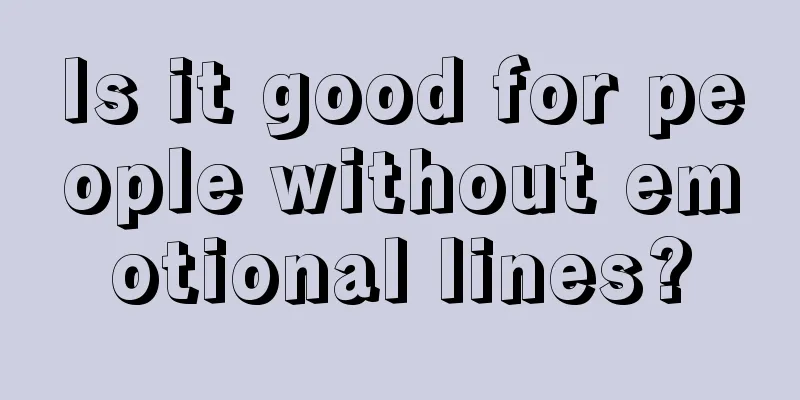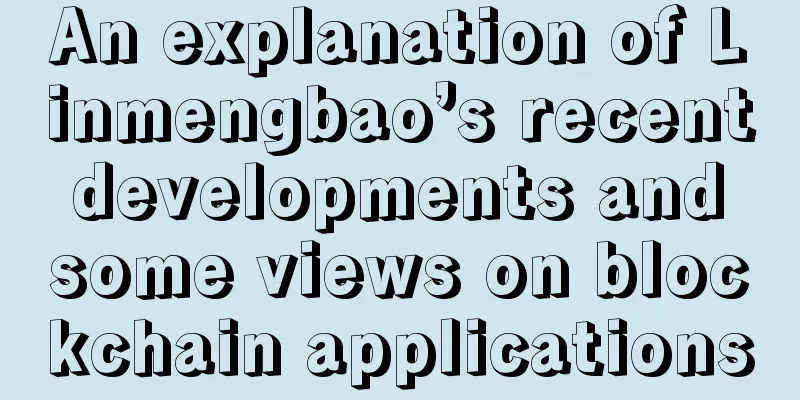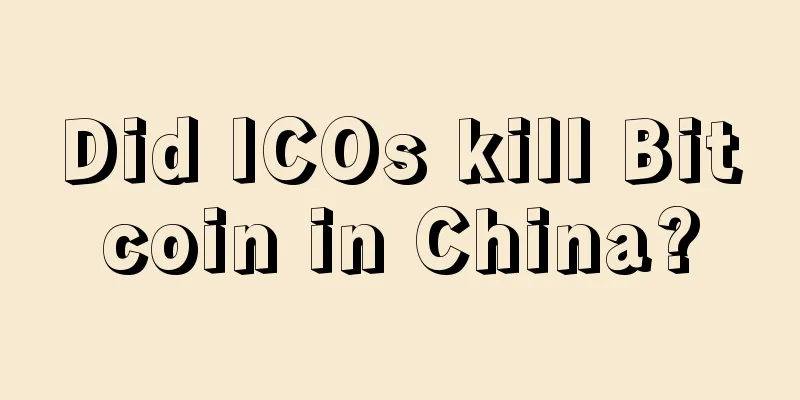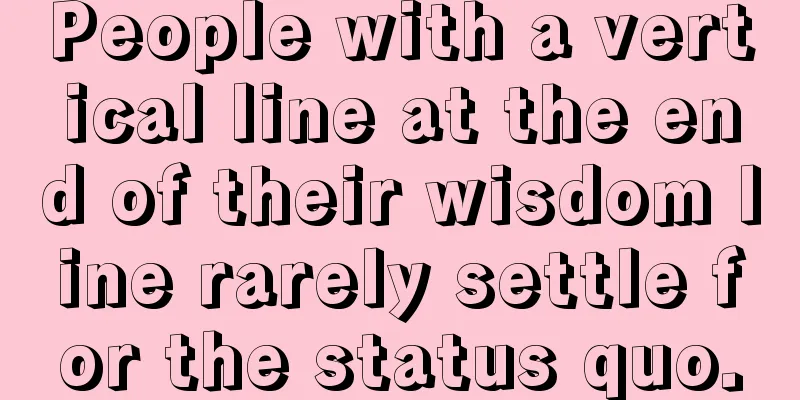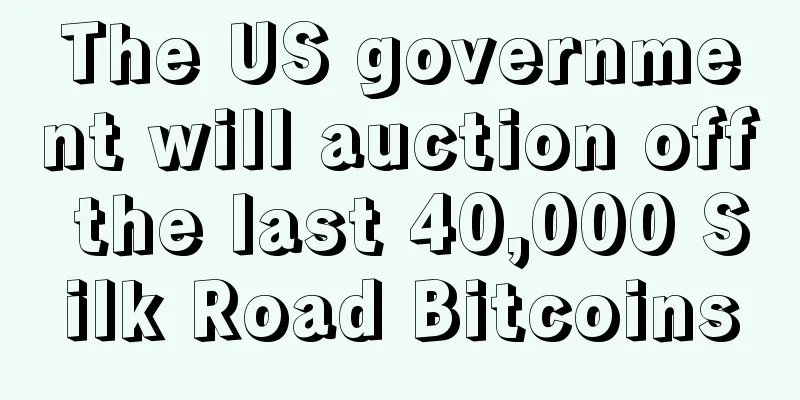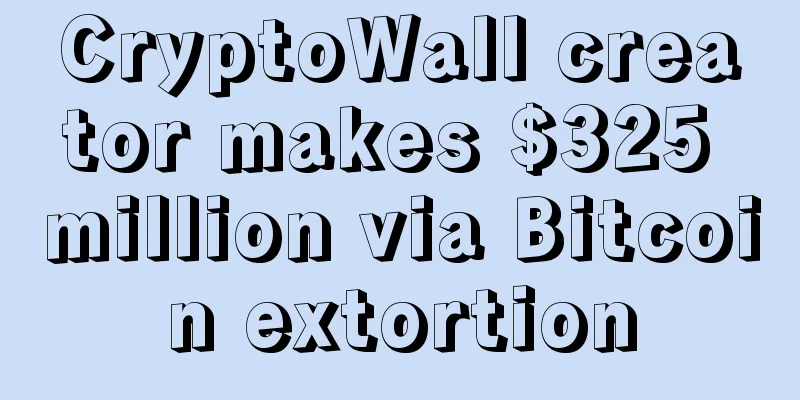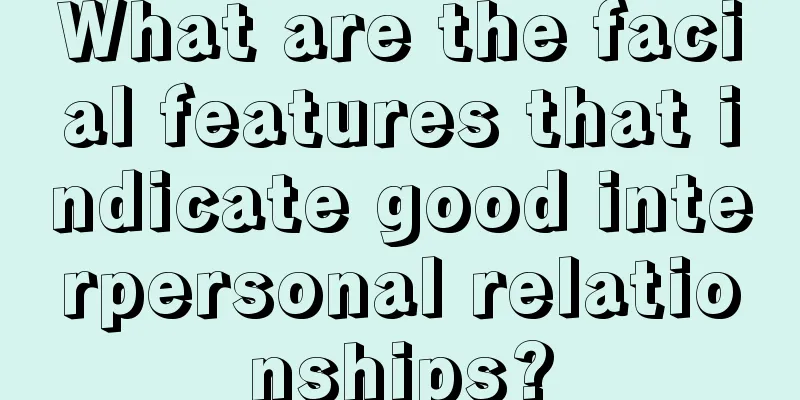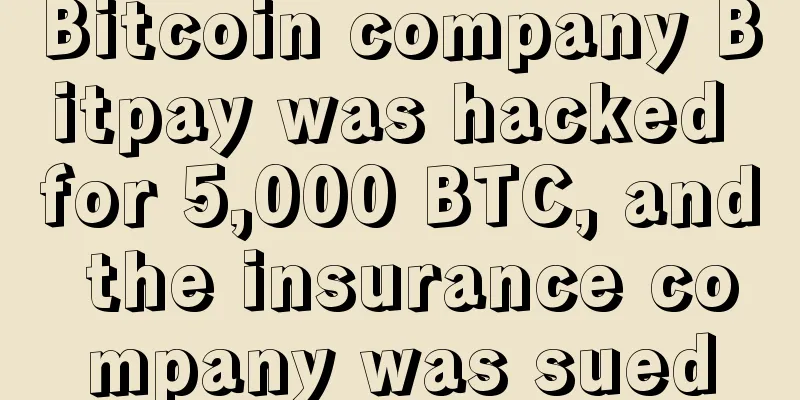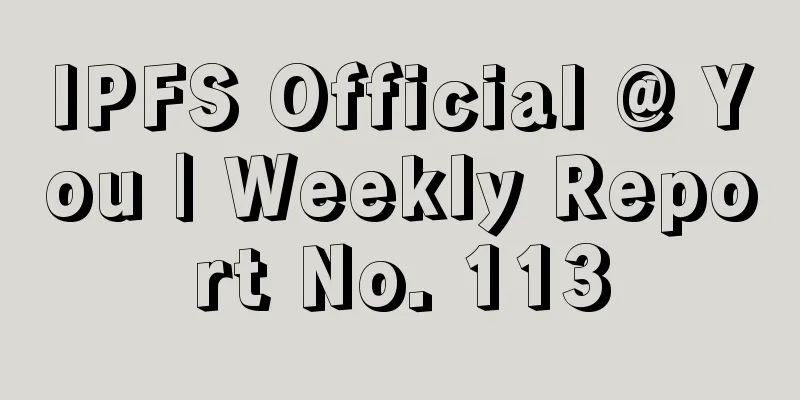The Boundaries of Dao - What organizations and products can be called Dao?
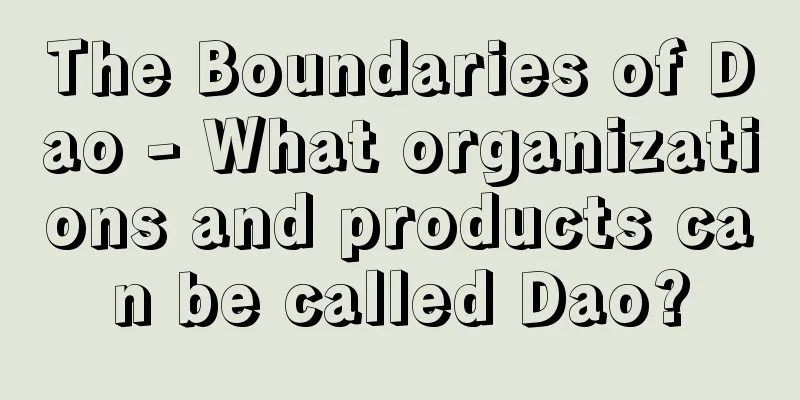
|
Today, there are two pieces of news related to Consensys , which is half of Ethereum . One is that it raised $ 450 million in Series C funding , with a valuation of $ 7 billion; the other is that MetaMask is going to release a Dao . Metamask is undoubtedly half of Consensys. I feel it is a bit strange that these two pieces of news were released at the same time. The target of the C round of financing is a centralized company, and the release of Dao is to establish a decentralized organization. After Opensea released its listing information, it was widely condemned within the industry, and a large number of decentralized competitors emerged in the industry. A reasonable explanation is that Consensys aims to be a centralized company, but at the same time, it meets the industry's demand for decentralization by releasing a Dao. The two are a hedge. What I really care about is, are the DAOs released by consensys truly centralized autonomous organizations ? What I want to ask is, where are the boundaries of an organization like Dao, and what kind of organization can reasonably be called Dao? I think the answer to this question can be inspired by the 1991 Nobel Prize in Economics. Inspiration from Coase The famous economist Coase invented the concept of "transaction costs" and deduced from it why companies are born and how the size of companies is determined. Coase said that it is the comparison between transaction costs and organizational management costs that determines the boundaries of an enterprise. Things with lower transaction costs should be externalized more; things with lower management costs should be internalized more. (Coase is a more rigorous scholar than other "mathematical economists". He did not use mathematical formulas to describe it, such as if: transaction cost > management cost: internalization, else: externalization. Because there is no axiom to define cost.) To make it easier for everyone to understand, let me give you an example. An example that almost everyone in the cryptocurrency circle can understand is cloud computing. Before 2010 , I worked in a company with a server room, built my own email system and office system, and even some business process-related operating systems. Now all these things are outsourced to AWS, Alibaba Cloud, and Microsoft. This is because the price of doing these things in the market is much lower than the cost of the company's own internal construction. What is the value of Dao's existence? What force determines the emergence of Dao as an organizational form? I think Coase's theory can explain the value of Dao, and Dao's supporters do not need to go beyond the scope of Coase's theory to beautify Dao. The core of Dao is that with the two things, smart contracts and tokens, the cost of forming organizations between strangers is greatly reduced. The largest cost is finance-related costs, including financing, asset management, and financial expenditure decisions. The most classic example is Constitution Dao, which raised more than 40 million US dollars from completely strangers from all over the world in a very short period of 6 days . This is something that traditional corporate organizational models cannot do at all. The second largest cost is the cost associated with the decision-making of the Dao organization. In traditional enterprises, decision-making costs, including the love-hate relationship between the three major groups of shareholders, management and employees, generate huge decision-making costs. But with the help of smart contracts, complete strangers can make decisions through voting, which is undoubtedly a great improvement in the organization's ability to act. A classic example is banklessDao . Bankless invests in several projects every quarter, and all of these decision-making processes are basically reached at near zero cost. According to Coase's theory, because of the two technologies of smart contracts and tokens, the management cost of strangers forming "organizational power and behavior" is greatly reduced, which is lower than the transaction cost of purchasing these "power and behavior" in the market, thus forming a unique organizational model, a decentralized autonomous organization - Dao. Individuals can reduce the market transaction costs of selling their own labor, finished products, or semi-finished products by joining Dao. This is the value of Dao, and it is also the theoretical basis for Dao to be different from traditional corporate organizations and become a new organizational model. |
>>: Ukraine legalizes the crypto industry and fully launches the virtual asset market
Recommend
Especially talkative, these faces are always long-winded
Have you ever met someone who talks all the time?...
What kind of face makes people have a good personality and are easy to talk to?
What kind of face makes people have good personal...
Are you good at making money judging by your nose?
Are you good at making money judging by your nose...
Complete bone structure - Qingyun Shangzi bone
In the back of the head, it is shaped like the ab...
How to tell if a marriage is not harmonious?
No one likes to have troubles after getting marri...
Is it good for people with small ears to have good looks? How to improve their fortune?
If a person has very small ears, this person does...
Where is the beauty mole? Analysis of the location of the beauty mole
As the name suggests, a beauty mole refers to a m...
Is it true that a man who looks askance at others is cunning and a woman who is lascivious?
Fortune-telling has existed in the past. Through ...
Do people with sunken foreheads have happy marriages?
If you want happiness in marriage, it must be mut...
How to read the meaning of the children line in palmistry
In palmistry, our children line is an important l...
How to tell a woman's personality and temper from her face
People often say that appearance reflects the hea...
The upward trend slows down and the support level is tested
Author | Hashipi Analysis Team...
Is it good for a woman to have three moles on her face in a triangle? What does it mean when three moles are in a triangle?
We all have moles, but the location and number of...
People with this face who will give their partner some privacy after marriage have big eyes.
Generally speaking, there is basically not much p...
What does peach blossom eyes mean?
If you observe carefully, you will find that peop...

